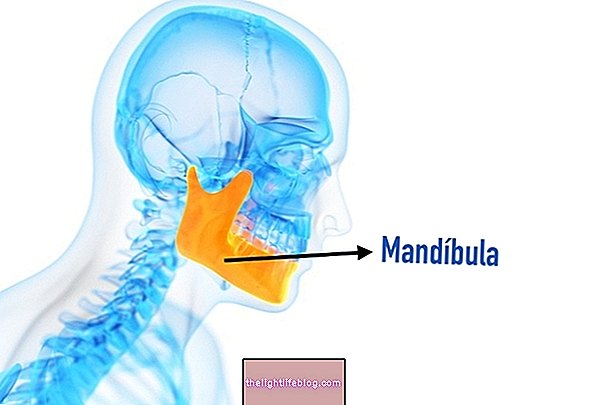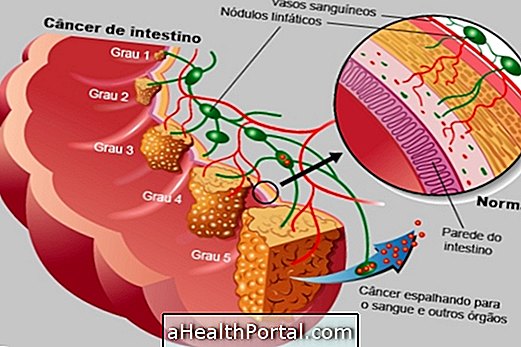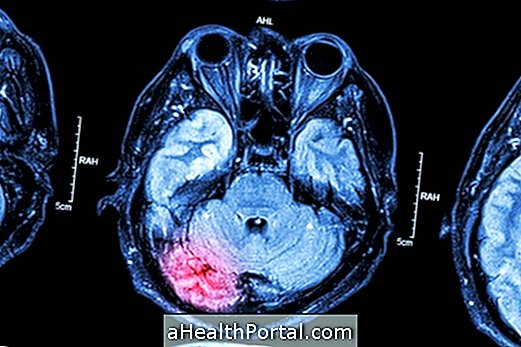Treatment for brain tumor usually consists of surgical removal of the tumor without damage to healthy brain tissue. It is common during surgery that the neurosurgeon remove a small sample in the tumor and send it to the laboratory so that the cells can be evaluated microscopically and thus, it is possible to affirm if it is a benign or malignant tumor.
The brain tumor is characterized by the presence and proliferation of abnormal cells in the brain or the meninges, which can cause headache, change in vision and changes in behavior. Understand what the tumor is in the brain.

How is the treatment done?
The treatment depends on the location and type of tumor, and, most of the time, surgery is recommended, which is done under general anesthesia by a neurosurgeon. In addition to surgery may be indicated other types of treatment that aim to destroy tumor cells, such as:
- Chemotherapy: Chemotherapy is given by administering to the vein or ingestion of cytotoxic drugs, such as Carmustine or Temozolomide, which promotes the destruction of tumor cells. This type of treatment, however, can also destroy healthy cells, causing side effects such as nausea, vomiting, hair loss, fatigue or diarrhea, for example. Learn how it is made and what side effects of chemotherapy;
- Radiation therapy: This type of treatment is made from the use of radiation, the type x-ray or gamma ray, directed to the brain and helps to prevent the development of the tumor. Typically, this type of treatment is done 5 days a week for 2 to 7 weeks and can cause side effects similar to chemotherapy. See what types and when radiotherapy is indicated;
- Radiosurgery: Radiosurgery is similar to radiotherapy, but it is done only once with a higher radius and focused only on the affected area of the brain. This type of treatment can only be used in some types of brain tumor;
- Corticosteroid Remedies: These are often used to reduce brain swelling caused by other types of treatment. However, they can also be taken to destroy tumor cells in cases of small benign tumors, for example.
Surgery is a delicate process, which requires a lot of attention and is performed depending on the location of the tumor, because if it is a location difficult to remove, there may be impairment of the cerebral structures, leading to sequelae, such as hemiplegia, speech difficulties or vision, for example. However, it is possible to perform rehabilitation through physical therapy or speech therapy, which may help to reduce the sequelae.
Treatment varies depending on the type of brain tumor, but in most cases it is recommended to combine several types of treatment, especially in malignant brain tumors. Therefore, the treatment time depends on the severity and type of brain tumor.
Signs of improvement
When treatment is done properly, signs of improvement may appear, including decreased symptoms and decreased tumor size.
Signs of worsening
Signs of worsening of the brain tumor are more common in cases of malignant brain tumors or when the treatment is not done properly, which leads to the appearance of symptoms related to various regions of the brain, as well as aggravation of those previously presented. Learn about the signs and symptoms of brain tumor according to affected region.
























